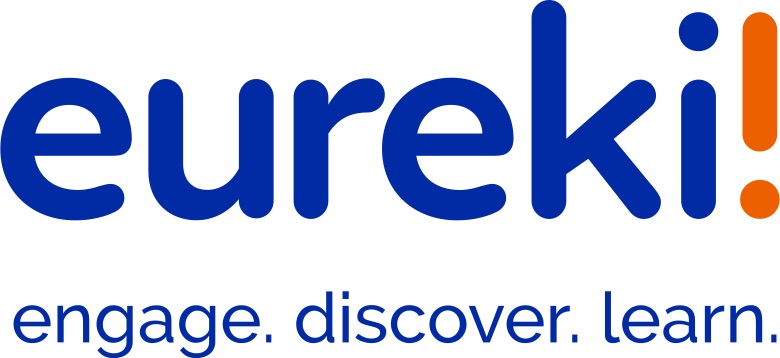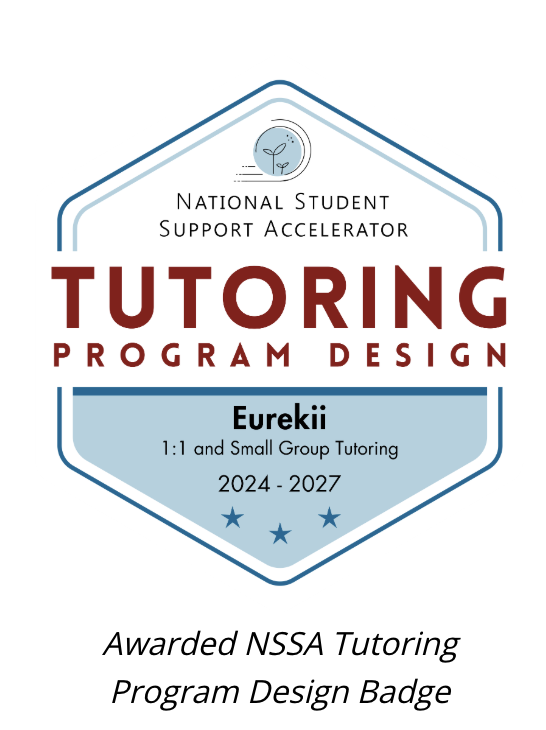STEM Education in Maryland: Current Trends and Future Prospects
STEM education, an integrated approach to teaching science, technology, engineering, and mathematics, is pivotal in preparing students for the challenges of the modern world. In Maryland, this educational paradigm is not just a theoretical concept but a vibrant and evolving reality, driven by a clear mission and vision. The mission is to inspire and prepare Maryland’s students to be career and college-ready, proficient in STEM, and capable of contributing to society. The vision is for Maryland to be a leader in STEM education, nurturing generations of innovative problem solvers who can meet global challenges.
Maryland STEM Connect
A significant stride in Maryland’s STEM education is the launch of Maryland STEM Connect by the Maryland Department of Commerce. This initiative provides an interactive database showcasing a variety of STEM programs offered by Federal and Military agencies. From NASA to Fort Meade, these programs are designed to engage students of all ages, encouraging them to pursue STEM education and careers. The goal is to make the diverse range of STEM activities accessible to educators, students, and parents, thus fostering a community-wide appreciation and involvement in STEM.
STEM Opportunities in K-12 Education
Maryland offers a plethora of STEM opportunities for students from pre-K to high school. These range from summer camps that introduce young children to the basics of STEM, to high school apprenticeships that provide hands-on experience in advanced topics. Programs hosted at Maryland’s military and federal institutions play a crucial role in these opportunities, offering unique learning experiences that go beyond traditional classroom settings.
National Initiatives to Enhance STEM Education
On a national level, the U.S. Department of Education has launched the “Raise the Bar: STEM Excellence for All Students” initiative, a key effort of the Biden-Harris Administration. This initiative aims to implement and scale equitable, high-quality STEM education across the nation, ensuring that all students, regardless of background, have access to rigorous and relevant STEM learning experiences. The initiative emphasizes the importance of belonging and inclusion in STEM education, recognizing that students of color and those with disabilities are often underrepresented in these fields.
The initiative outlines three primary goals:
1. Ensure all students from PreK to higher education excel in rigorous, relevant, and joyful STEM learning.
2. Develop and support STEM educators to join, grow, and remain in the STEM field.
3. Invest strategically and sufficiently in STEM education using federal, state, and local funds.
These goals provide a strategic direction to meet the most pressing needs of students and educators, promoting an inclusive and comprehensive approach to STEM education.
Maryland’s Commitment to STEM
Maryland’s commitment to STEM education is evident in its support for events like the Black Engineer of the Year Awards (BEYA) Conference, which highlights the achievements of African American engineers and promotes diversity in STEM careers. This conference, held in Baltimore, showcases the vital role STEM plays in advancing our future and provides young people with a glimpse into the vast opportunities available in STEM fields.
Maryland Army National Guard’s involvement in the BEYA Conference, including interactive exhibits and recruitment efforts, underscores the state’s dedication to integrating STEM education with real-world applications. This approach not only inspires students but also demonstrates the practical importance of STEM skills in various career paths.
Emerging STEM Education Trends
As we look to the future, several trends are shaping STEM education in Maryland and beyond:
1. AI-Powered Learning: Artificial intelligence is personalizing learning experiences, offering real-time feedback and tailored learning paths that address individual strengths and weaknesses.
2. Immersive Education: Virtual reality (VR) and augmented reality (AR) are transforming how students engage with STEM subjects, making learning more interactive and engaging.
3. Bridging the Digital Divide: Efforts to provide equitable access to technology and the internet are crucial in ensuring all students have the opportunity to benefit from STEM education.
4. Sustainability in the Classroom: Integrating environmental science into the curriculum helps students understand and address global challenges like climate change and biodiversity loss.
5. Blended Learning: Combining online and offline instruction creates a flexible learning environment that caters to diverse learning styles and needs.
6. Multimodal Learning Approach: Using various methods to teach a concept allows students to engage more deeply and understand complex subjects comprehensively.
By embracing these trends, Maryland is poised to continue its leadership in STEM education, preparing students not only to succeed academically but also to become innovative problem solvers capable of addressing the complex challenges of the future. With initiatives like Maryland STEM Connect and national efforts to enhance STEM education, the state is creating a robust foundation for the next generation of STEM professionals.
Sources: https://www.






